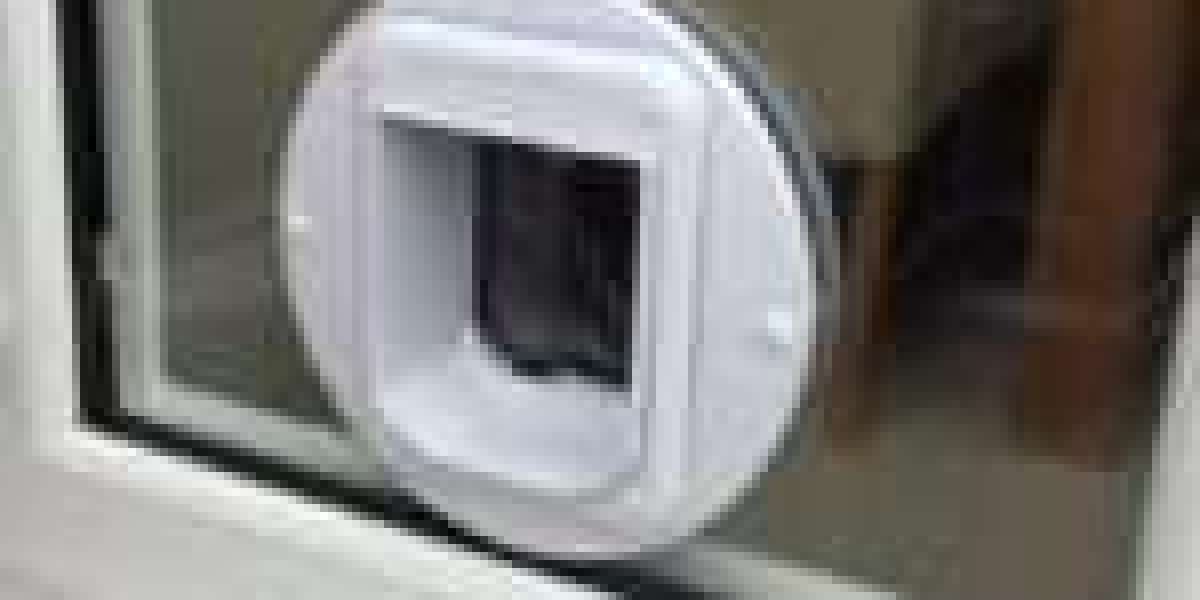Hair loss, particularly along the hairline, can be distressing for men. A receding hairline often signals the early stages of androgenetic alopecia (also known as male pattern baldness) and can significantly impact one’s self-esteem. Unlike thinning at the crown, hairline loss is more visible, making it a top concern for many. This raises a crucial question: can Finasteride regrow hairline? Traditionally used to treat crown thinning, Finasteride has shown promise in slowing recession and potentially stimulating regrowth at the hairline. This guide explores how Finasteride works and what results users might expect during treatment.
Understanding Finasteride Spray
Finasteride is a spray primarily used to treat male pattern baldness by reducing levels of dihydrotestosterone (DHT), the hormone responsible for hair miniaturization. The topical Finasteride spray offers a targeted alternative with fewer systemic side effects. While the oral form is more common, the spray is gaining traction for its direct application to thinning areas. Most clinical studies focus on Finasteride's effects on the vertex or crown region, where it has proven highly effective. However, its potential use for the frontal hairline is now drawing attention in the hair restoration community.
Can Finasteride Help with Hairline Regrowth?
Scientific research on Finasteride shows that it effectively reduces hair loss and promotes regrowth—primarily in the crown area. However, growing evidence, including clinical trials and user testimonials, suggests that some individuals also experience regrowth at the hairline. Success varies significantly, with hairline areas generally responding slower and less predictably than the crown. Some patients report positive changes after consistent use, though results can be modest. Clinical data is limited for frontal regrowth, but ongoing studies continue to evaluate its effectiveness. Still, the possibility that Finasteride may help the hairline remains a hopeful option for early-stage sufferers.
Factors Influencing Hairline Regrowth
Several factors determine how well Finasteride works on the hairline. Age plays a crucial role; those who begin treatment early typically experience better outcomes. The severity and stage of hair loss also affect success; mild recession often responds better than advanced balding. Genetics and family history also influence effectiveness, as hereditary patterns can be difficult to override. The duration of Finasteride use is key, with consistent use over 6–12 months yielding the best chance of regrowth. Many also combine it with other therapies, such as Minoxidil, PRP (platelet-rich plasma), or microneedling, to enhance results, especially for stubborn frontal areas.
Before and After Expectations
Finasteride users should set realistic expectations, especially for hairline regrowth. Initial changes may be noticeable after 3–6 months, but significant improvements can take up to a year to become apparent. Hairline results tend to be slower and subtler than crown responses. Regrowth often begins with baby hairs or soft vellus strands that may thicken over time. While some individuals experience significant improvement, others may only see a halt in further recession. Before-and-after photos shared by patients online show a range of outcomes. Patience and consistency are key when using Finasteride, particularly for treating the more resistant frontal scalp regions.
Why Our Topical Finasteride + Minoxidil Spray Is Your Best Hair Regrowth Solution?
Our dual-action Finasteride and Minoxidil Spray is a powerful, science-backed formula designed to restore thinning hair and stop further loss—right at the root. Here’s why it stands out as the go-to solution for effective and convenient hair regrowth:
1. Precision-Targeted Application
Our topical spray delivers Finasteride directly to the scalp, where it actively reduces DHT levels—the leading cause of hair thinning—promoting healthier, fuller growth exactly where it’s needed most.
2. Simple, Pill-Free Routine
No more swallowing tablets or managing complicated hair care systems. This easy-to-use spray fits seamlessly into your daily routine for a hassle-free hair regrowth experience.
3. Dual-Action Powerhouse
Combining Finasteride’s DHT-blocking properties with Minoxidil’s follicle-stimulating effects, our formula addresses both the root cause of hair loss and jumpstarts new growth—offering complete support for your scalp.
4. Quicker, Noticeable Results
Thanks to its fast-absorbing technology, you may see visible improvements in density and thickness sooner than with single-ingredient treatments.
5. Backed by Science, Trusted by Experts
Both Finasteride and Minoxidil are FDA-approved and supported by extensive clinical research, making this combination one of the most effective non-surgical solutions for hair loss available today.
Conclusion
While Finasteride is FDA-approved for hair regrowth, many users wonder: Can Finasteride regrow a receding hairline? The answer is yes—for some. Success depends on early intervention, treatment consistency, and individual response. Those with early-stage recession and active follicles may see visible improvement. For optimal results, many experts recommend pairing Finasteride with other therapies, such as Minoxidil or PRP. Modern approaches, such as Smart Restoration, offer tailored regrowth plans that utilize multi-modal strategies. If you're concerned about a receding hairline, consult a specialist to see whether Finasteride and adjunct treatments are the right steps toward restoring your hairline confidently and safely.
FAQs
Can Finasteride regrow a completely bald hairline?
Not usually. It works best in areas with miniaturized, not absent, hair follicles.
How long does it take to see hairline regrowth?
Results typically appear between 6 to 12 months with consistent use.
Is Finasteride safe for long-term use?
Yes, most users tolerate it well in the long term, though monitoring for side effects is advised.
Should I use topical or Finasteride for my hairline?
Topical Finasteride may reduce side effects while offering similar benefits.
Can I combine Finasteride with Minoxidil?
Yes, the combination often improves results, especially at the hairline.


